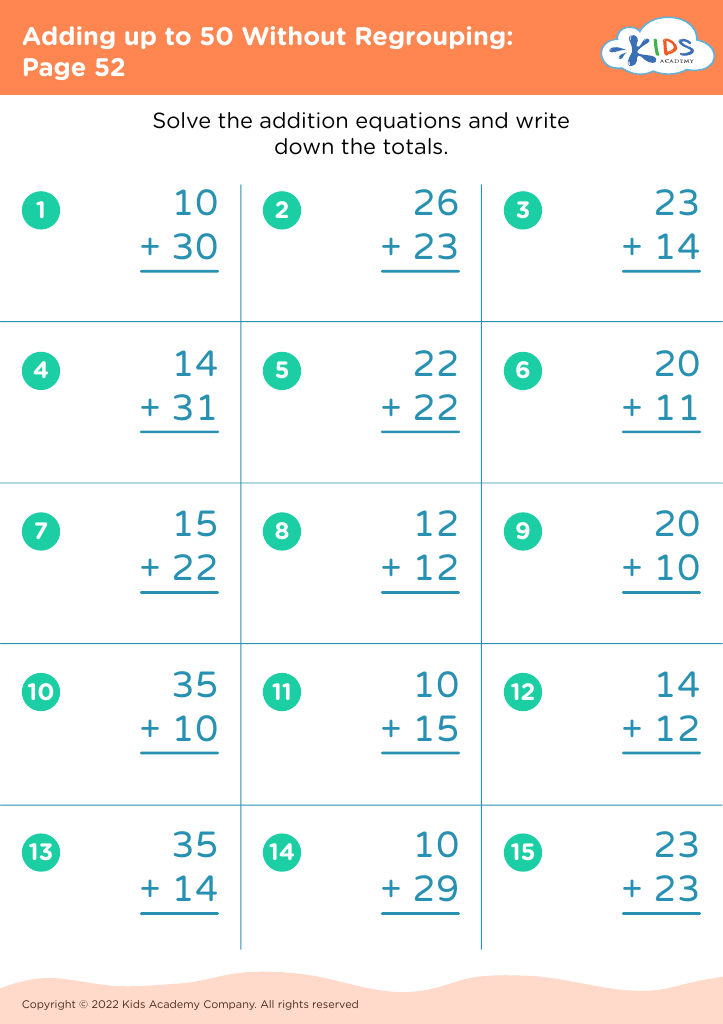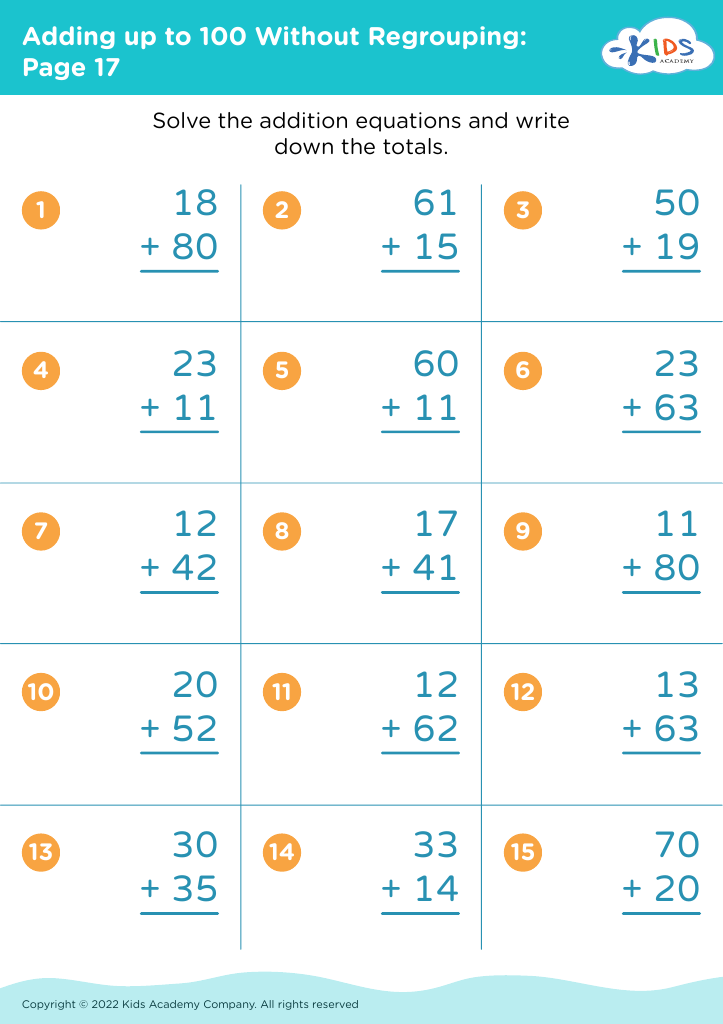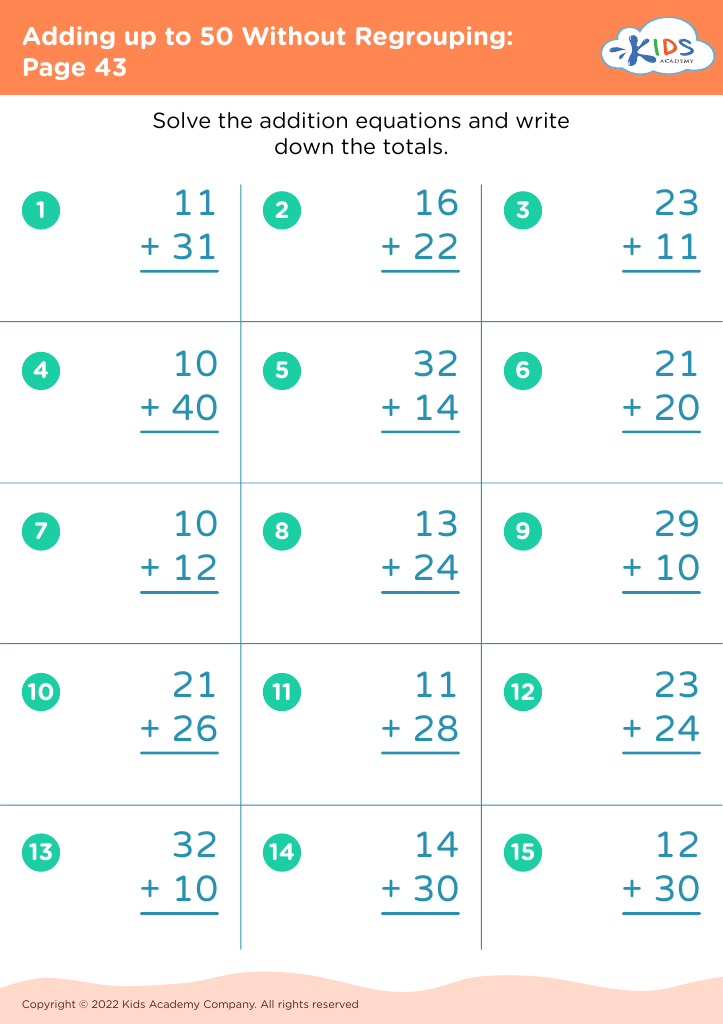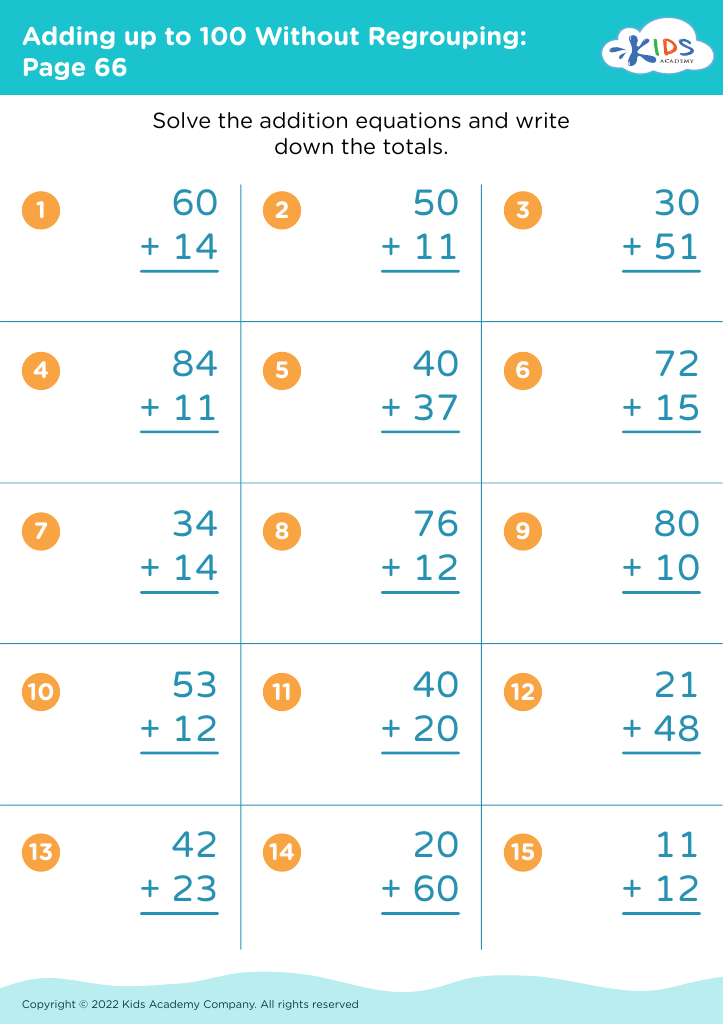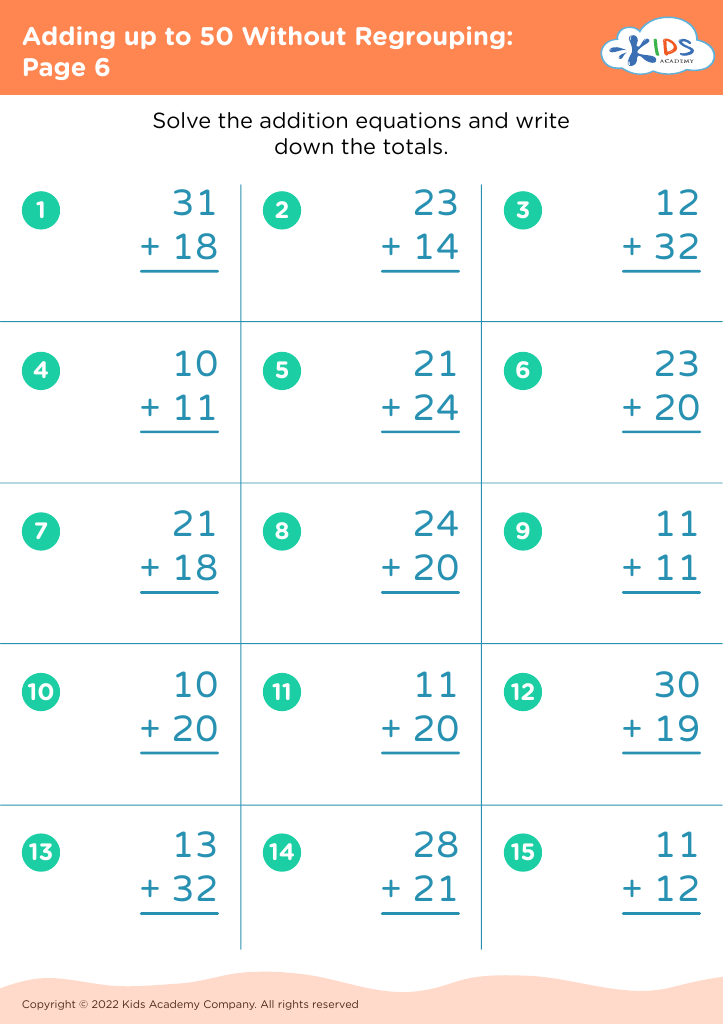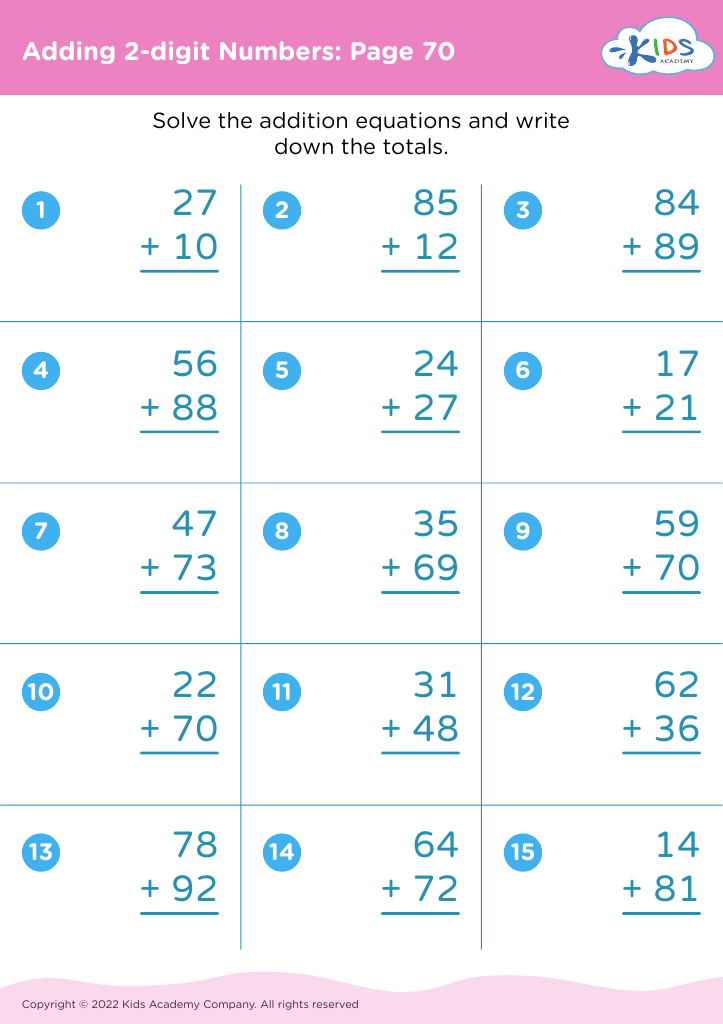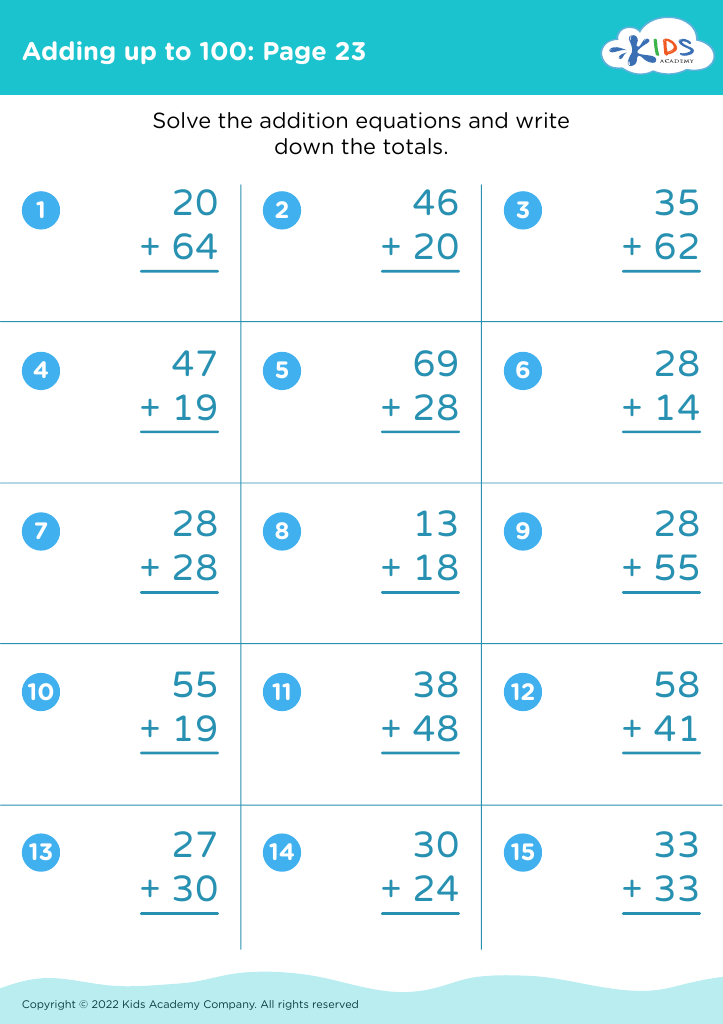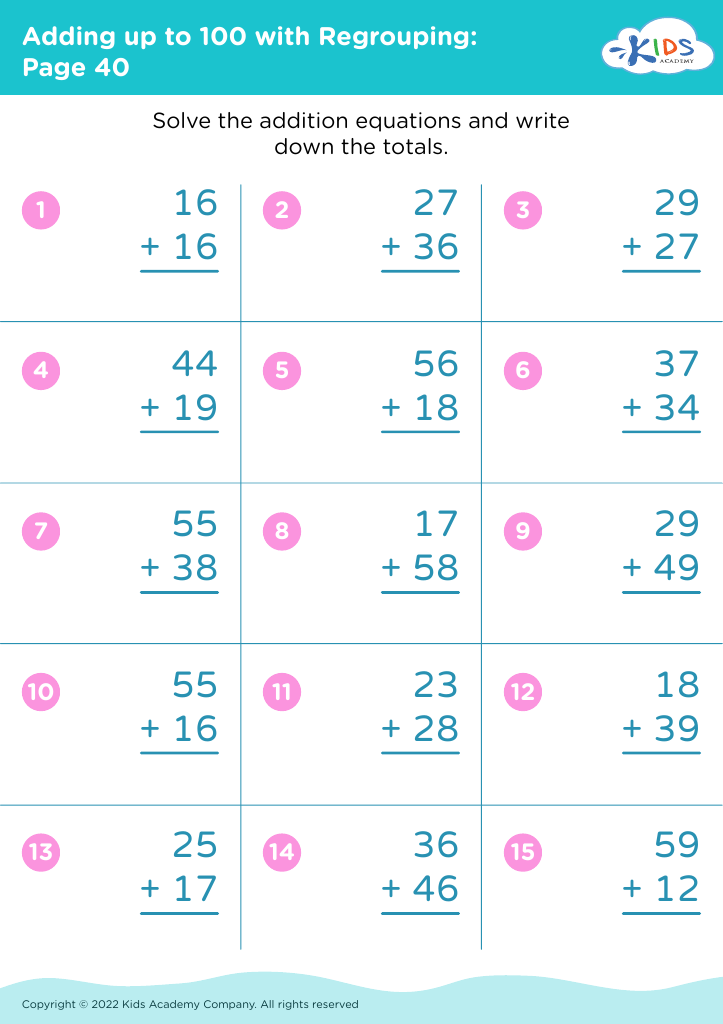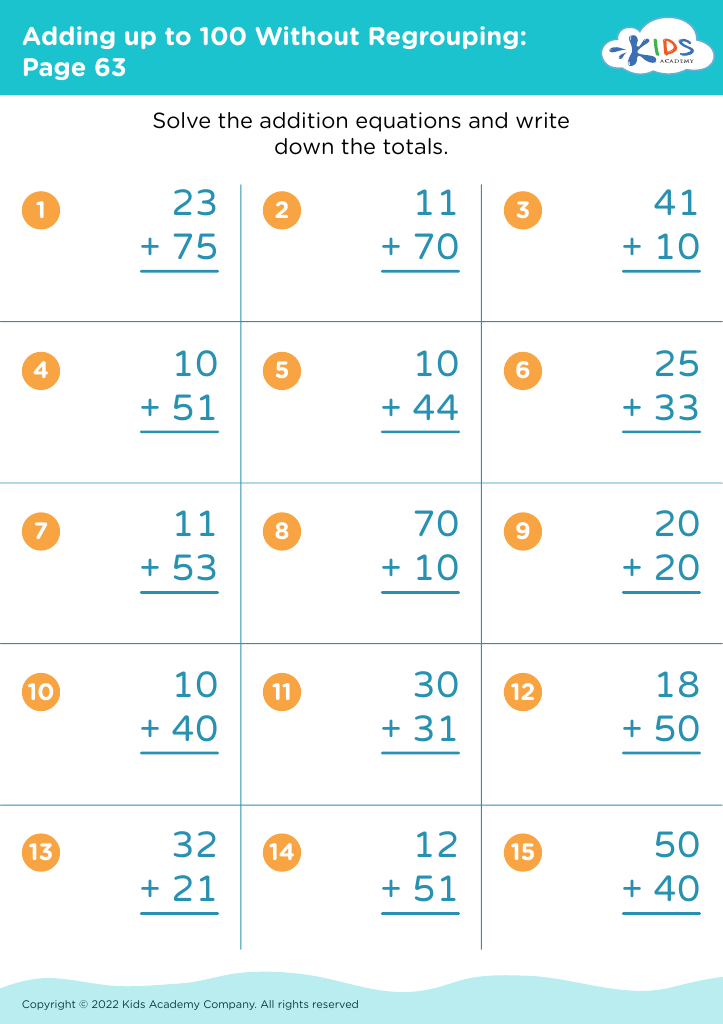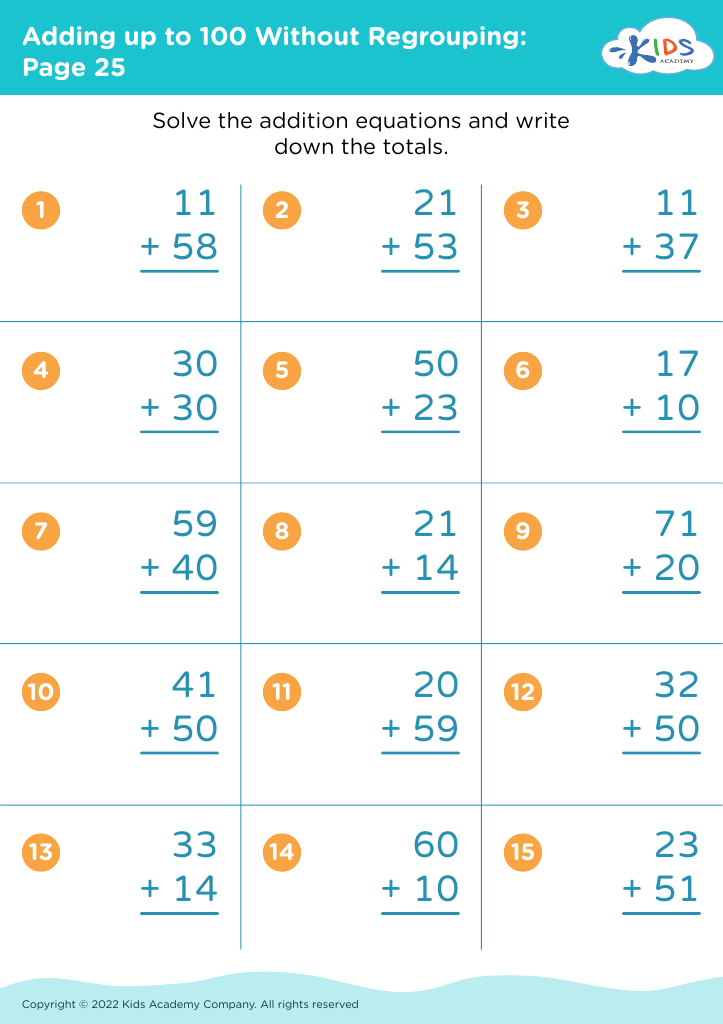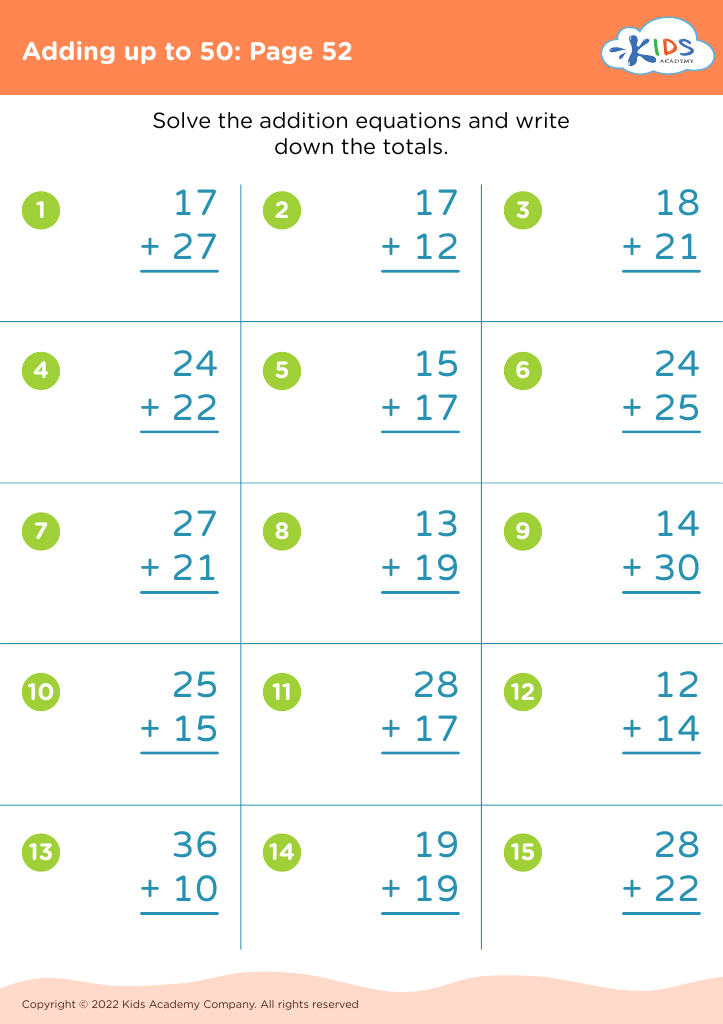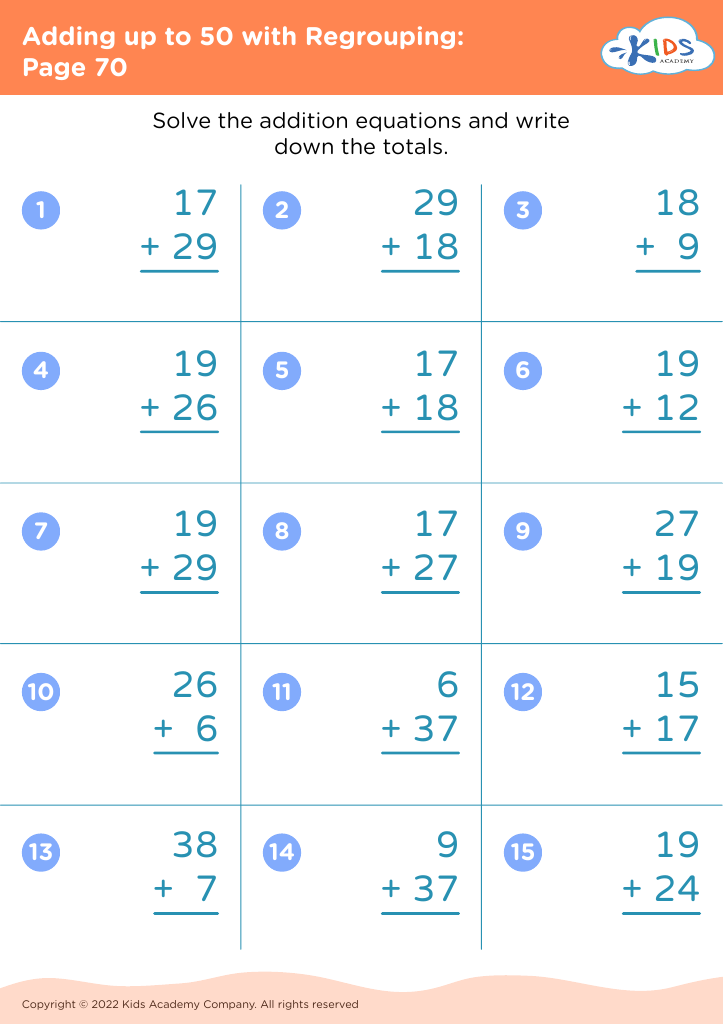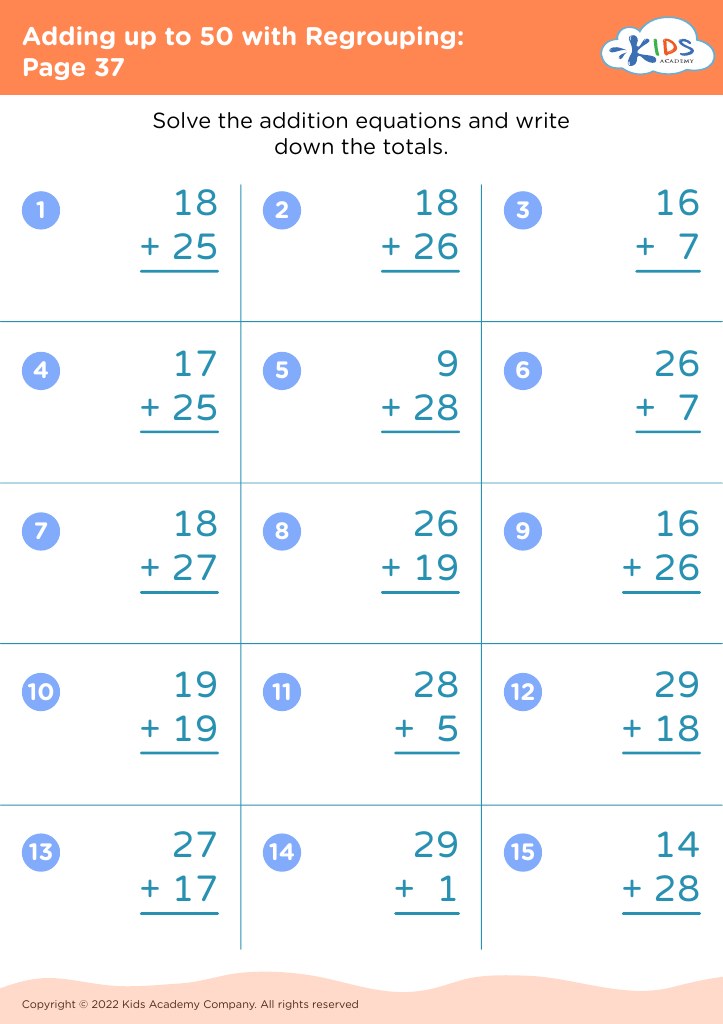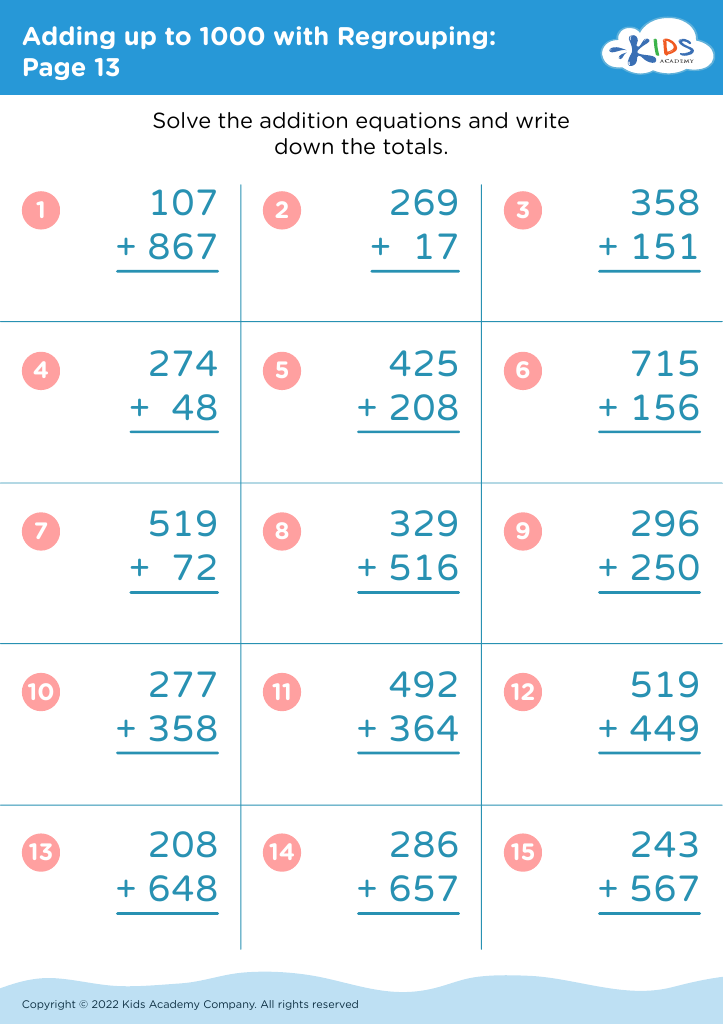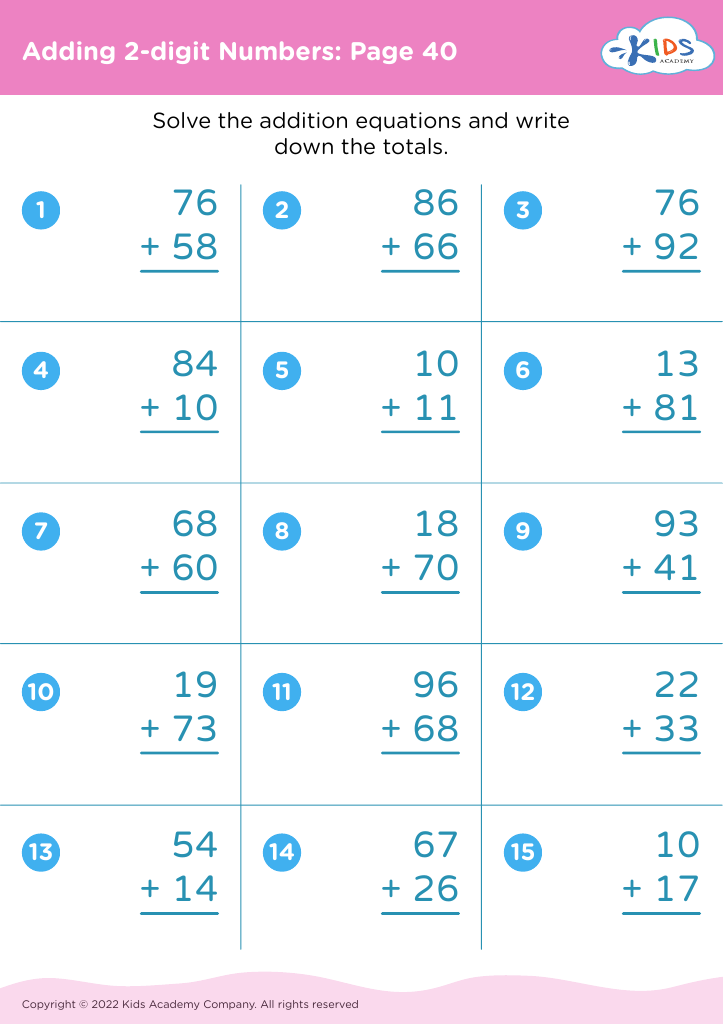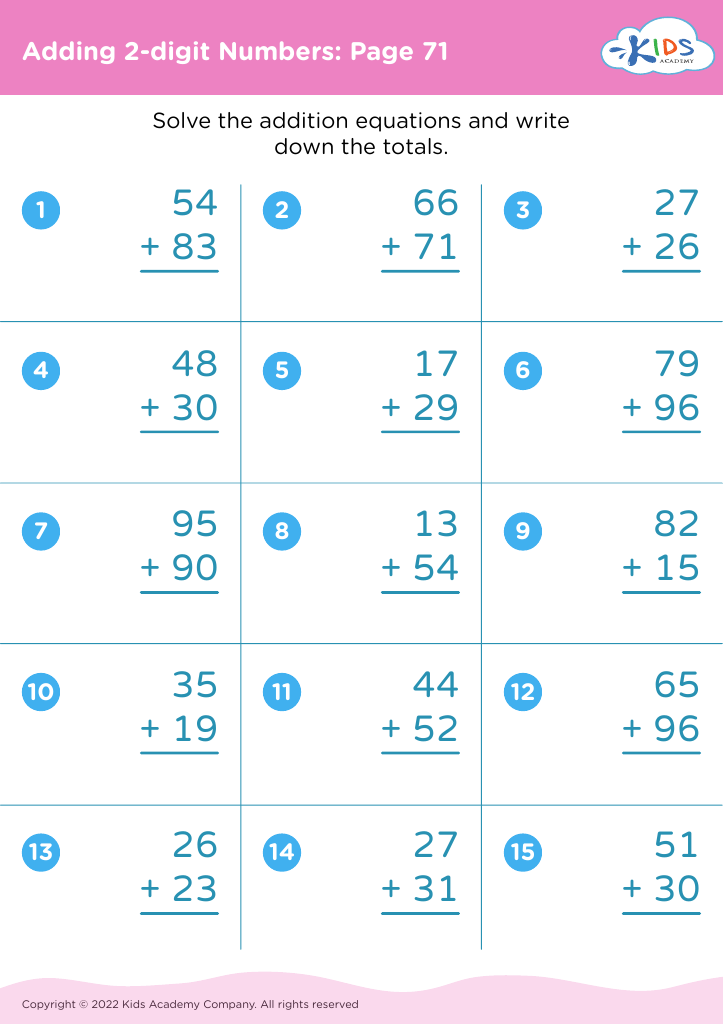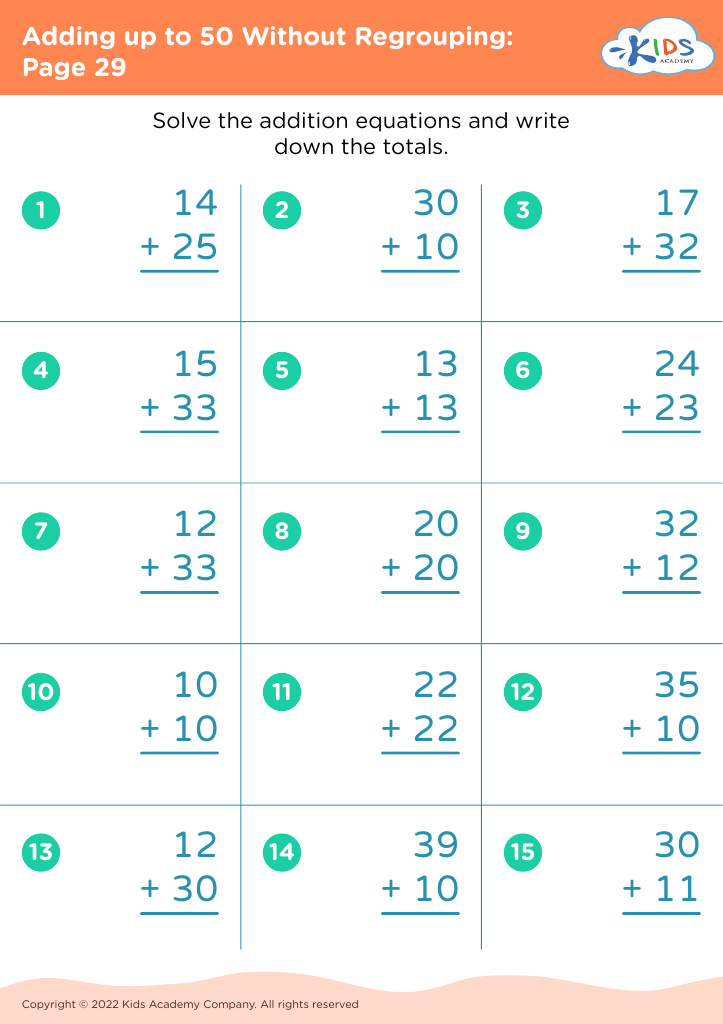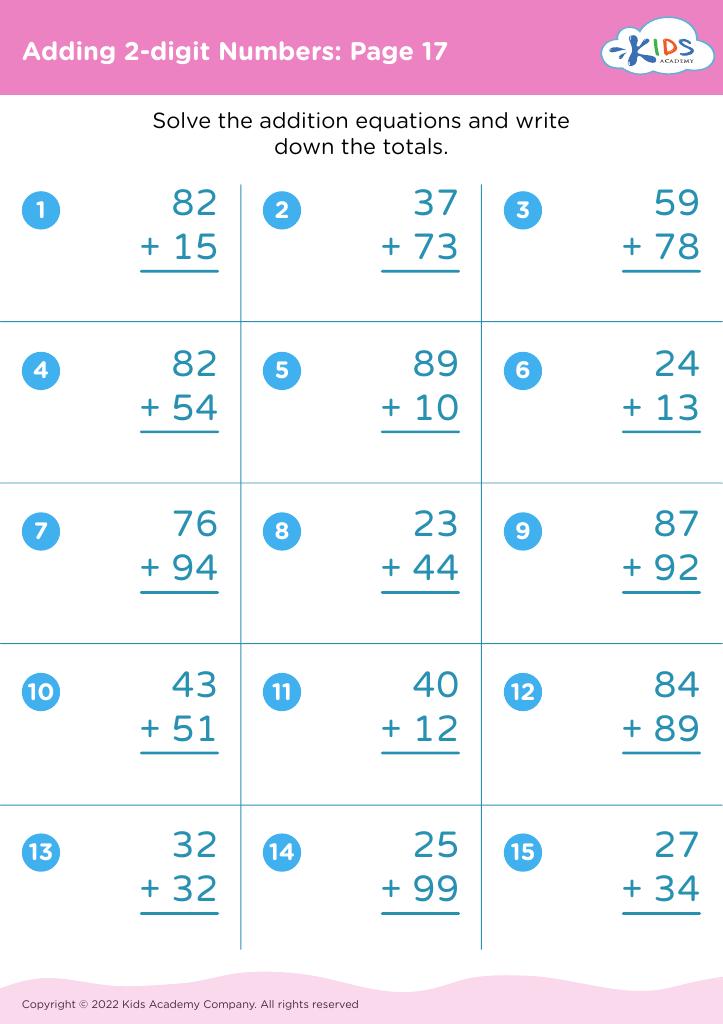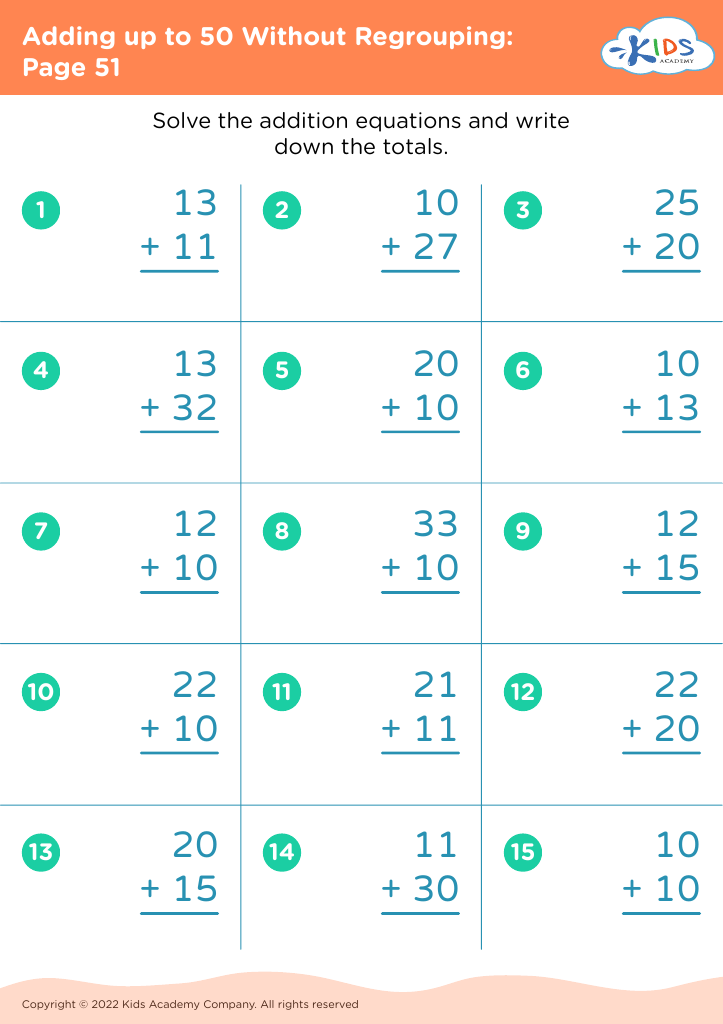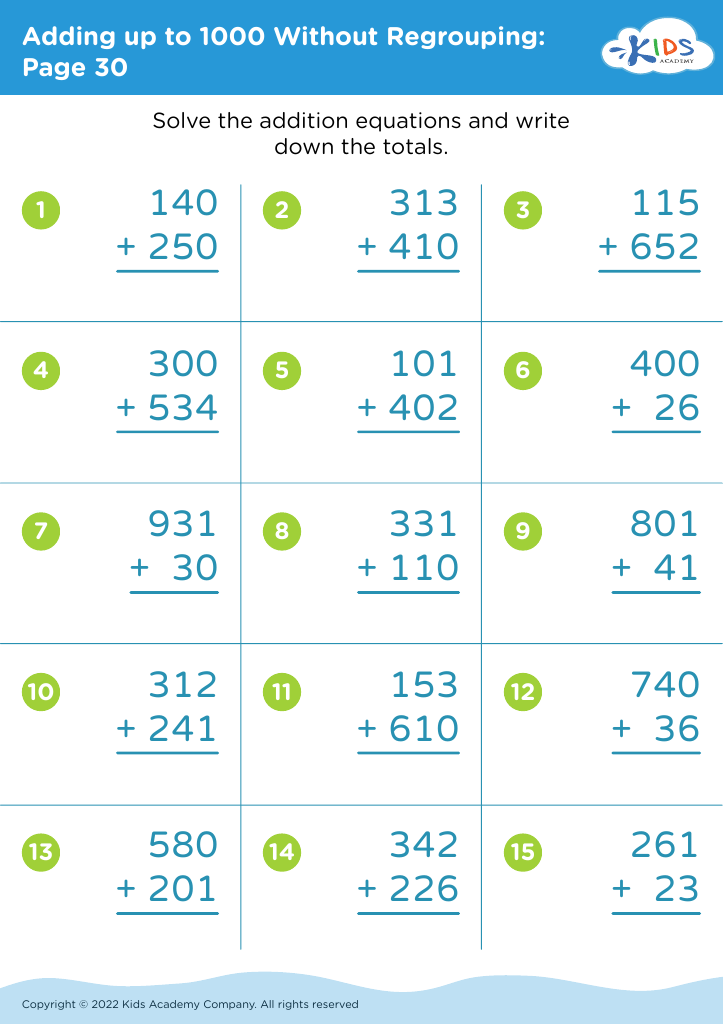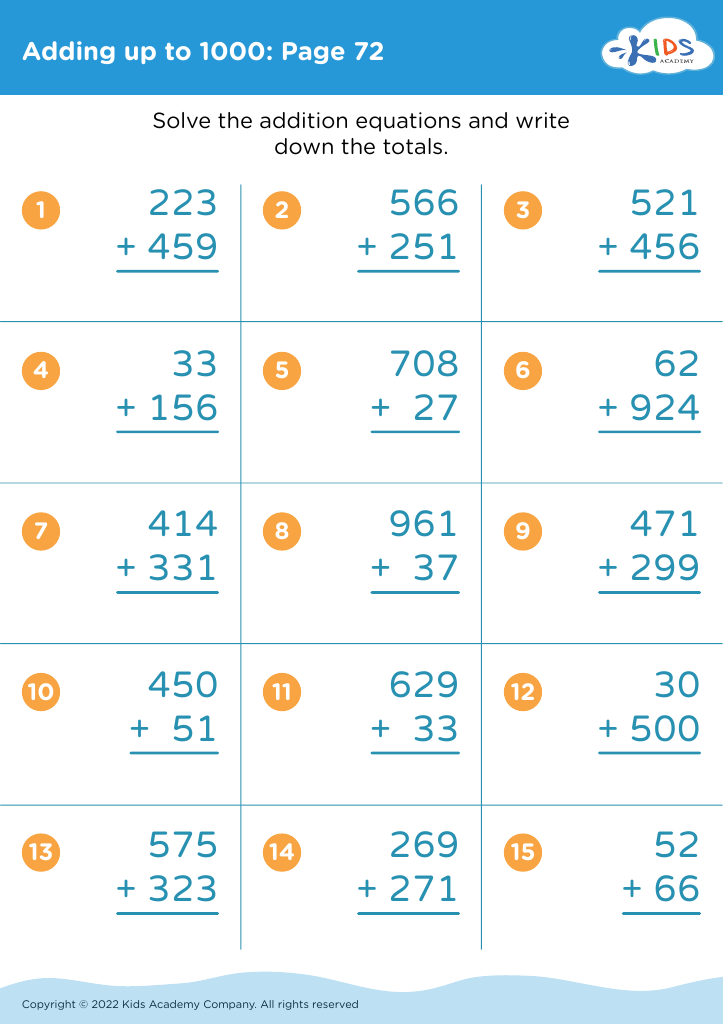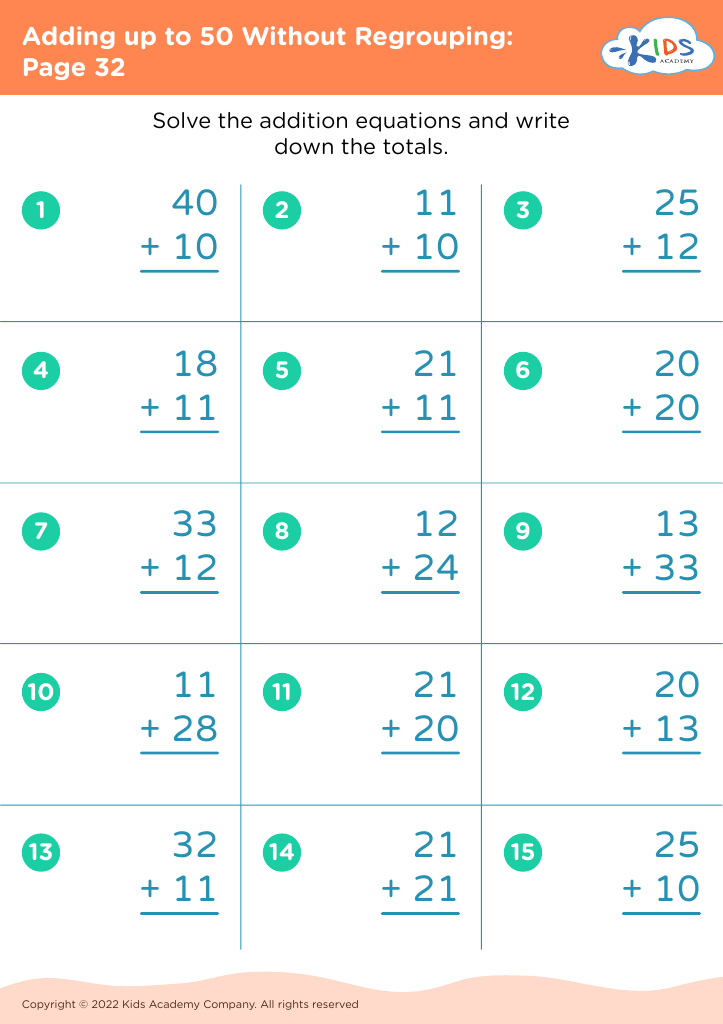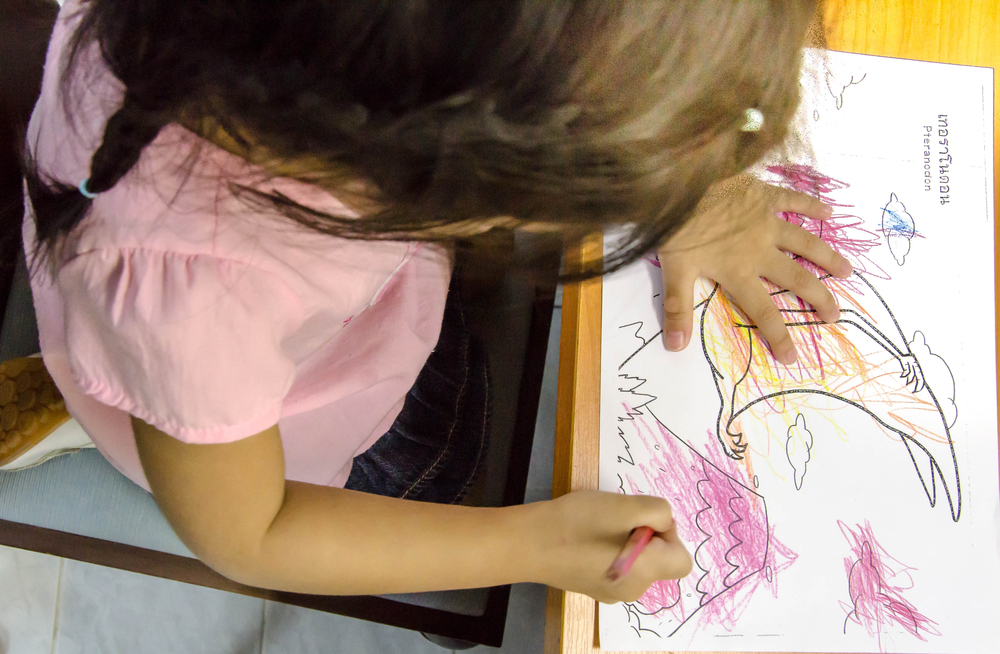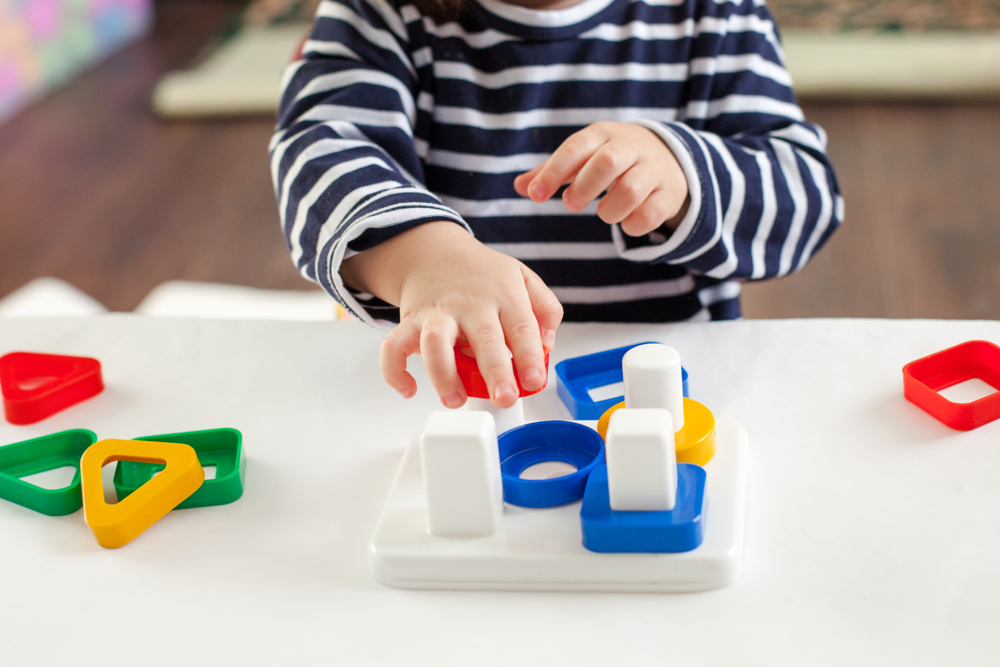Identifying shapes Worksheets for 8-Year-Olds
29 filtered results
-
From - To
Unlock a world of fun and learning with our "Identifying Shapes Worksheets for 8-Year-Olds." Designed to foster your child's geometric skills and critical thinking, these printable worksheets are perfect for third graders. Each activity introduces them to various shapes and challenges them to identify and compare attributes in a playful, engaging manner. With vibrant visuals and interactive exercises, our worksheets help kids build a solid foundation in geometry, enhancing both classroom performance and problem-solving abilities. Make math a delightful adventure with Kids Academy's expertly crafted shape identification worksheets!
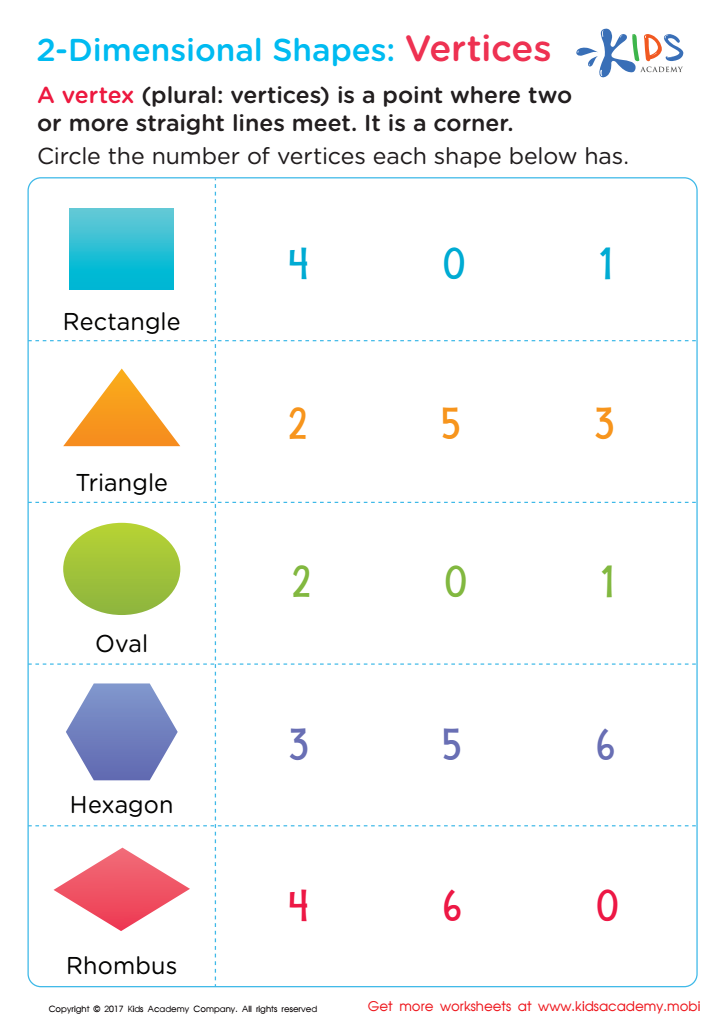

Two–Dimensional Shapes: Vertices Printable
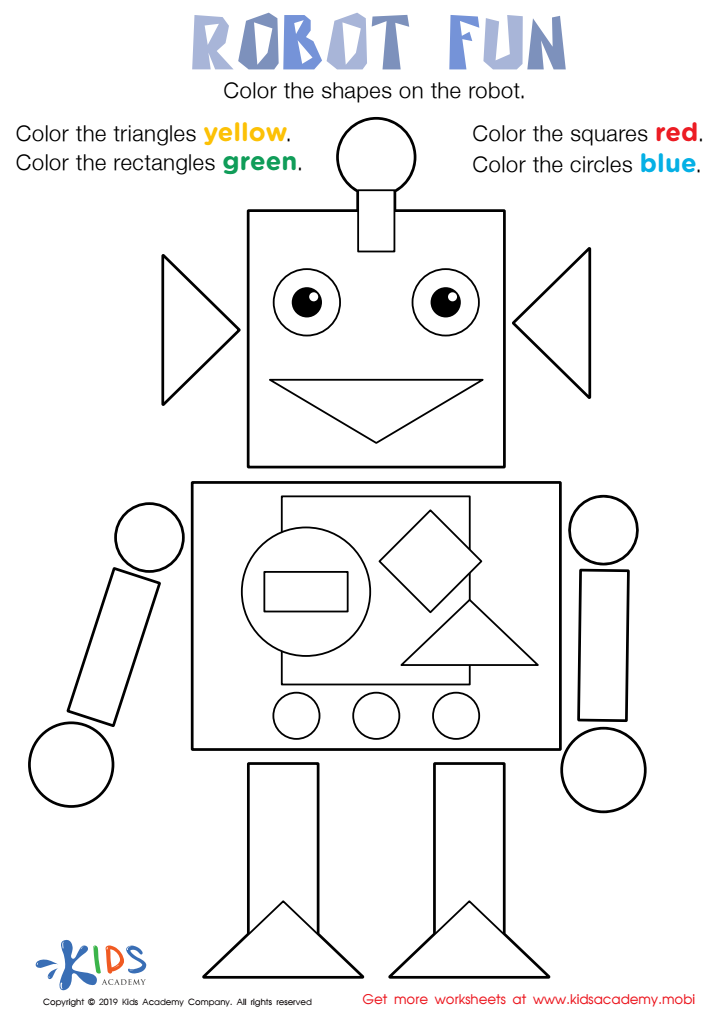

Robot Fun Worksheet
Identifying shapes is fundamental in the cognitive development of 8-year-olds, and it’s something both parents and teachers should take seriously. At this age, children are honing their visual-spatial reasoning skills, a crucial component for understanding more complex mathematical concepts later in life, such as geometry, fractions, and algebra. Recognizing shapes helps enhance their problem-solving ability and spatial awareness, crucial for everyday tasks like reading maps, packing, and even in sports.
Moreover, identifying shapes paves the way for success in other academic areas. For instance, understanding geometry improves a child's ability to interpret graphs and charts in science and social studies. In language arts, describing shapes bolsters vocabulary and linguistic skills, enhancing both oral and written communication.
Shapes also form the building blocks for developing critical thinking and analytical skills. By distinguishing between different shapes, children learn to classify and categorize information. This basic skill extends to the ability to recognize patterns, which is essential not only in academics but also in life scenarios like organizing and planning.
Furthermore, engaging with shapes is inherently hands-on and fun, providing an excellent opportunity for interactive learning through games, puzzles, and art projects. This makes the learning process enjoyable and memorable, fostering a positive attitude toward education.
In essence, identifying shapes isn't just about knowing circles from squares; it’s about laying a robust foundation for academic and life skills, a fundamental reason why both parents and teachers should prioritize this aspect of early childhood education.
 Assign to My Students
Assign to My Students
